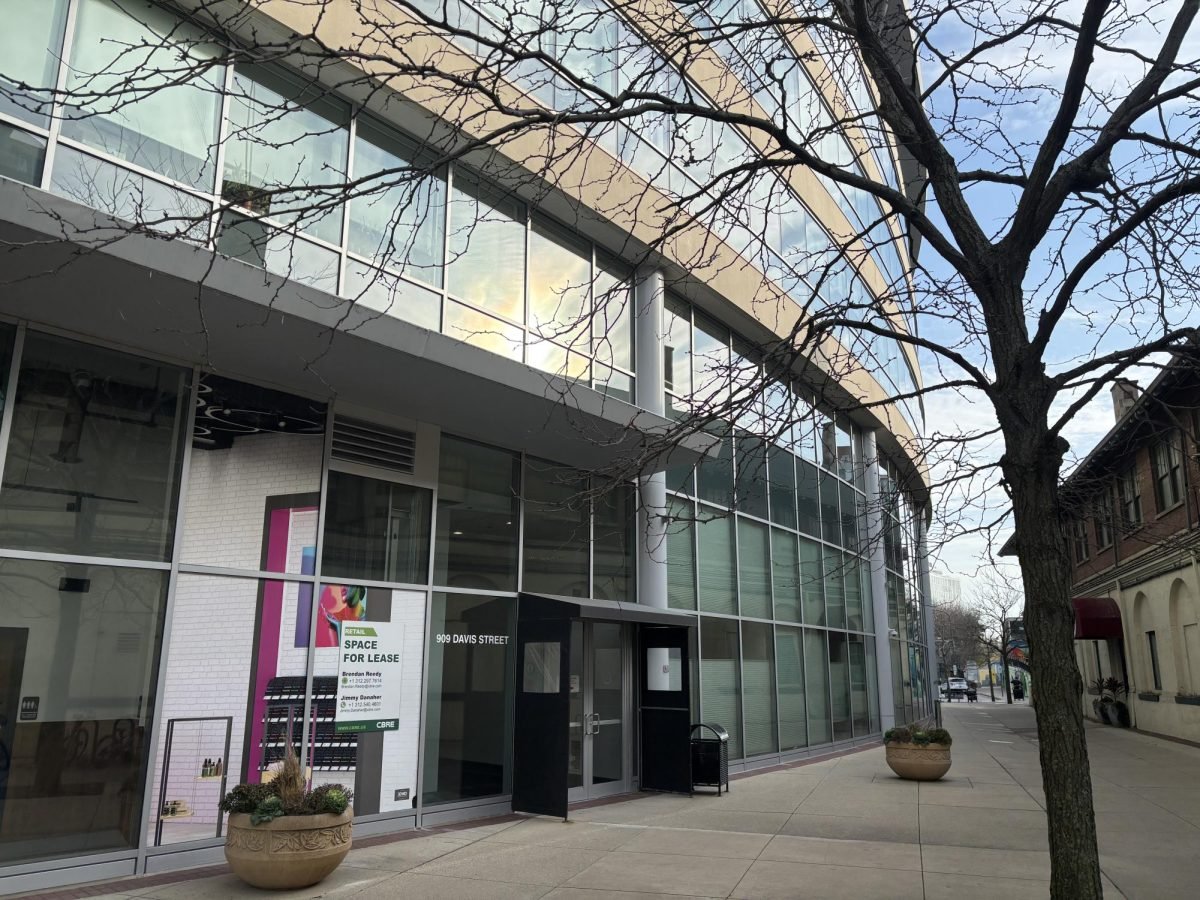Margaret Nelson said she dreams of walking through Evanston to catch the night sky over Lake Michigan. The city’s crime is the only thing between her and that scenic stroll, she said.
Nelson, a volunteer for the Youth Organization Umbrella, met Sunday with more than 100 other participants in the PeaceAbleCities Walk and Talk, a 2.5-mile march to promote violence-free communities.
“The idea of a peaceable city is a strong one for me,” Nelson said, displaying a poster with an illustration of her dream.
The annual event focuses on how Evanston residents can decrease urban crime from a communal, rather than individual, perspective.
Although overall crime was reduced by less than 1 percent from 2010 to 2011, the “most significant reductions” were observed in violent crime, according to the Evanston Police Department’s annual report.
Both aggravated batteries and assaults and reports of shots fired dropped by about 25 percent. The number of murders decreased from five to three, while the number of criminal sexual assaults ticked down from eight to five.
Despite the promising statistics, Walk and Talk participants discussed how they could further lower city crime.
Loyce Spells, chair of the PeaceAble Cities: Evanston board, said the goal of the event is to bring together residents from different backgrounds to find common ground on how to fight violence.
“Violence is learned,” he said. “There are other ways to solve conflict. A community cannot be free of conflict, but the question is how do you deal with it.”
The walk began with speeches from organizers and supporters, including Mayor Elizabeth Tisdahl. Participants gathered at the Jewish Reconstructionist Congregation, 303 Dodge Ave., then traveled north to the Fleetwood-Jourdain Center, 1655 Foster Ave.
Organizers encouraged participants to partner up as they walked north on Dodge Avenue. At predetermined points along the route, walkers switched partners to chat with new people. Volunteers distributed stickers for residents to show which ward they live in, hoping walkers could connect with others from different parts of the city.
Although similar problems exist all over the world, they are particularly present in and around Chicago, said Debie Smith, a participant who lives in Chicago’s Humboldt Park neighborhood but attends at Evanston church.
Nelson said she lives between “good” and “bad” neighborhoods in the Fifth Ward and thinks both sides need to be involved in the same social causes.
“I love the idea of one big neighborhood,” she said. “With the walk, you got to start somewhere.”






